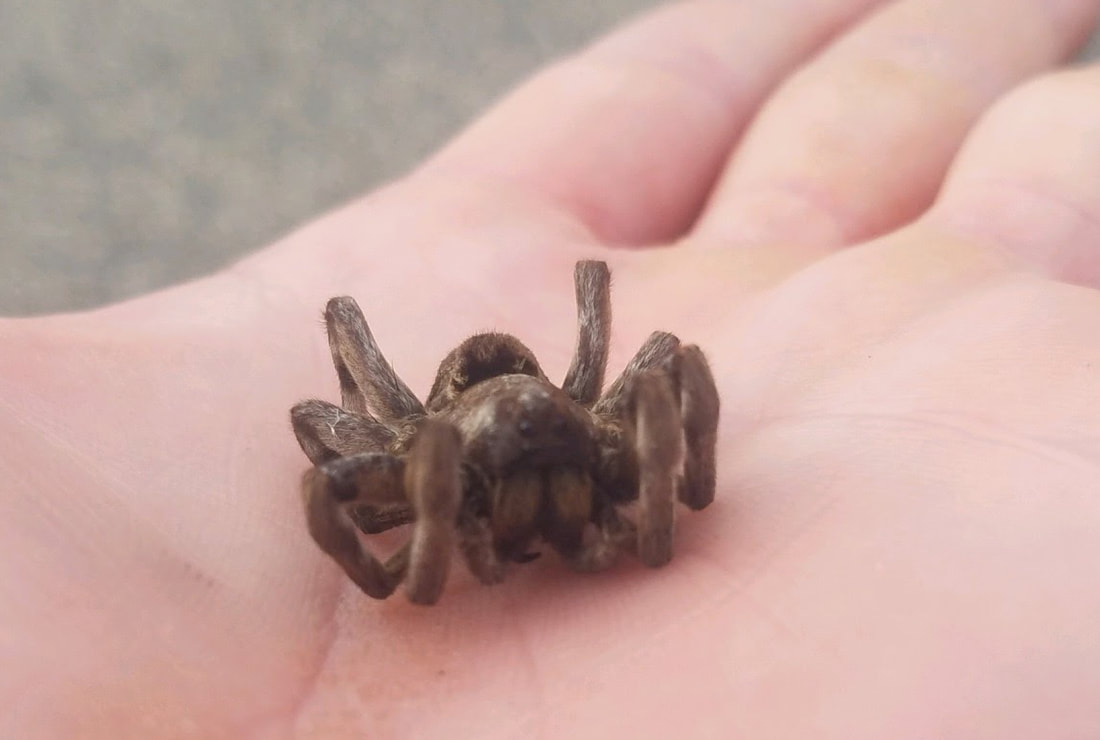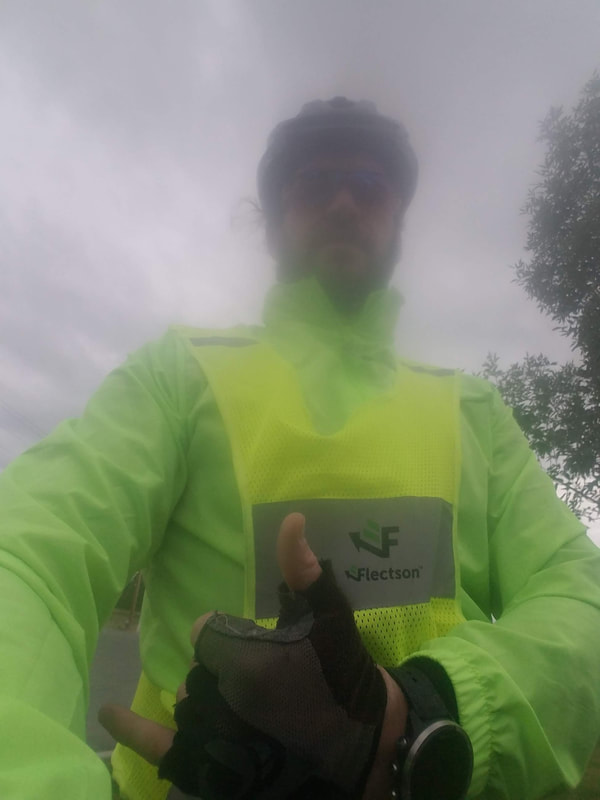The cyclists volunteered as part of a four-year scientific research effort to help save wildlife and human lives by reducing wildlife-vehicle collisions. This summer, volunteers will ride 50-mile sections of Montana roads at set periods, recording data on wildlife sightings and roadkill along their route. This information, collected across more than 11,000 miles of Montana roads, will help highway and wildlife officials understand where wildlife are crossing roads and plan ways to reduce wildlife-vehicle collisions.
Q: What inspired you to participate in the Wildlife Connectivity study?
Dylan: As someone who is into conservation and is an advocate of being outdoors, and trying to find ways to help the community and spend time in a productive manner, this [study] checks a bunch of boxes. You get to get outside and exercise, you can volunteer, and it just seemed like a fun idea.
Tim: Normally when I go out, I’m interested in training and going as fast as I can. Of course, this was quite a bit different than that. You had to plan to stop regularly, which is not something I would normally do on a forty-mile bike ride. It’s a nice thing to not be hammering all the time. We have a unique perspective on the side of the road that motorists don’t, that allows us to see things that other people are going too fast [to see], or not noticing. I highly recommend it to folks – it’s a nice way to use the bicycle for productive purposes.
|
Q: Did you have any memorable wildlife encounters or experiences while volunteering?
Dylan: My ride was cold, rainy and wet. I’m lucky I have a flexible schedule and got my ride in on the Monday or Tuesday the collection week started. I saw a storm front coming in. A lot of riders ended up riding their segments in seasonal inches of snow! |
Q. Any other stories to share?
Tim: I was riding my bike the other day, out by Charlo, Montana. There’s a vehicle coming toward me, and as I got within a few yards, a deer stepped out in front of [the vehicle]. I thought – I’m going to get cleaned by this deer after he hits it. You could just see the angle, and it was like setting up a pool shot – I was going down. He managed to slow down and miss it, but I’ve had a couple experiences like that – where I’ve nearly been hit by deer while on my bike, or almost hit by deer that have been hit by other vehicles. So, I’m anxious to see if we can come up with data that can mitigate that.
Q: What would you say to someone who is thinking about applying to volunteer?
Dylan: I’d tell them to go all in. I’d tell them my stories – being outside, feeling connected with the process of being outside and just having a fun purpose to get outside and ride. You can make a day out of it, pack a lunch, go out for a nice cruise, you get to see the hills, the mountains, the wildlife, and then at the same time you’re helping provide information to improve on what we do now. It’s just a super fun way to do the things that you already love to do, and also have some more meaningful impact.
Tim Marchant’s volunteer work was also featured on Montana Public Radio. Listen or read here.
About the Wildlife Connectivity Study:
Wildlife-vehicle collisions kill more than 365 million animals, injure 29,000 people, and cause $8.4 billion in damages each year in the United States alone. Montana has the second-highest incidence of collisions in the nation. From 2019-2022, Adventure Scientists volunteers will cycle 11,000+ miles of Montana’s roads, recording all roadkill they encounter as well as detailed environmental observations. Learn more.
Call for volunteers: Adventure Scientists is seeking volunteer cyclists to apply to participate starting June 18.


